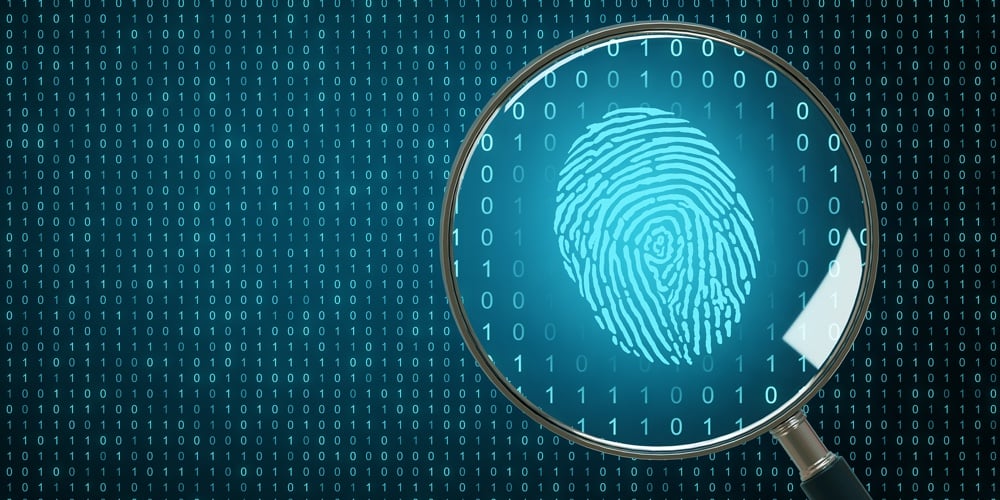6 steps for detecting and preventing synthetic ID fraud

In our last post, we overviewed the different kinds of synthetic identification fraud and their impacts.
Synthetic IDs are easy for fraudsters to create—they make quick money and access services for which they will never pay because their identity remains concealed. A record of a home address or fictitious lease agreement, water or electric utilities can be ordered for a vacant address under the false ID. The fraudster will then take one of these bills to their financial institution as proof of residence in order to open accounts, typically credit accounts or loan products. By providing the necessary documentation, they pass the usual first line of defense identity checks, and begin making purchases on these fraudulent lines of credit.
So, how do you prevent your credit union from falling victim to these fraudsters?
Often, it’s the most simple and pragmatic identity checks that can help prevent or minimize your losses. It starts with close collaboration among your risk officers, front-line operations, collections, and credit operations units. Follow these six steps to detect and prevent synthetic ID fraud.
continue reading »




